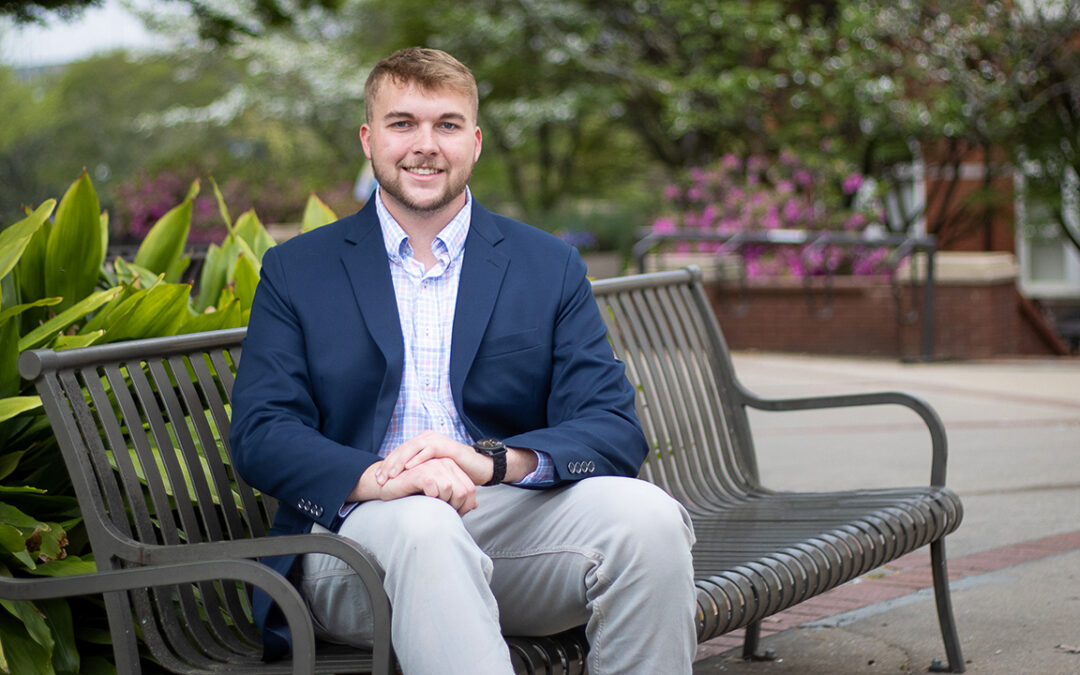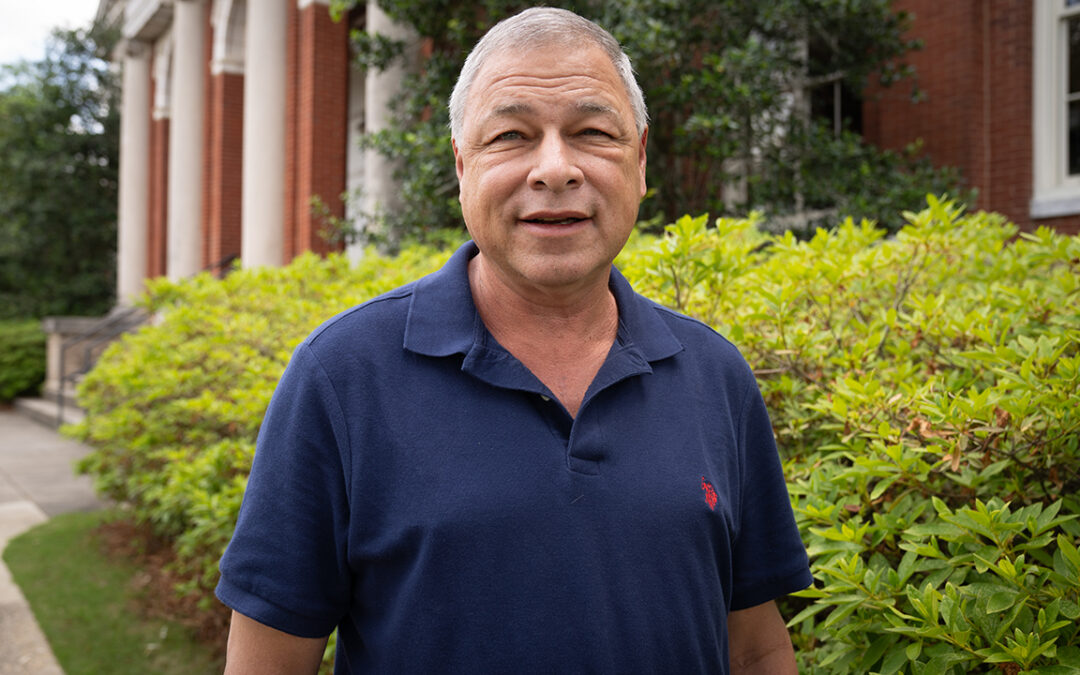By Paul Hollis
From a new, high-yielding peanut variety to advanced weapons against a menacing weed species, Auburn University researchers showcased a broad range of their work during Alabama 2nd District Congresswoman Martha Roby’s recent tour of the Wiregrass Research and Extension Center in Headland.
“This is really an exciting day, to see firsthand what Auburn University does for agriculture in the Wiregrass and statewide,” Roby said during the Aug. 15 field tour.
The Republican lawmaker is a member of the powerful U.S. House Appropriations Committee, which oversees all government spending.
“As we prepare to begin the next rewrite of the farm bill, it’s important for me to continue my relationship both with Auburn University and the farmers in the Wiregrass to understand the challenges that the farm community faces,” she said. “As with most farm bills, the devil is in the details, but it really should come from those who are affected most, and that includes Alabama’s farmers, research facilities and land-grant universities.”
One of the stops on Roby’s tour featured Auburn University’s new peanut variety, AU-NPL 17. In numerous field trials, the runner-type peanut has produced high yields and shown increased disease resistance, Charles Chen, professor in the College of Agriculture’s Department of Crop, Soil and Environmental Sciences and head of Auburn’s peanut breeding program, told Roby.
“All of this means more profits for farmers,” Chen said. “Additionally, this variety is high in oleic fatty acid, a healthy trait that is in high demand by both consumers and peanut food manufacturers.”
Steve Li, assistant professor and extension weed specialist in crop, soil and environmental sciences, described the problems that herbicide-resistant weeds like Palmer amaranth—better known as pigweed—cause farmers.
“Pigweed will grow 1 inch per day and reach 7 feet tall in two months,” Li said. “Once you have a bunch of these growing in your cotton field, you could lose 100 percent of your yield.”
The costly weed began showing signs of resistance to glyphosate, or Roundup, about 13 years ago, he said.
“Producers have terribly overused Roundup over the years because it is so flexible, and it will kill everything on the ground,” he said. “If we lose Roundup, we’ll start to lose even more herbicide modes of action to this weed.”
A team of weed scientists at Auburn has trials underway on two new commercial technologies that should help farmers do a much better job of controlling pigweed than in the past, Li said.
“We can now do a better job of controlling this weed, but you can’t control pigweed when it’s more than 6 inches tall,” he said. “We have discovered ways to control much bigger pigweed, increasing our control size from about 5 to 6 inches to about 12 to 18 inches, so farmers do have a wider window in which to control it.”
Pigweed continues to cost producers hundreds of millions of dollars in losses each year, Li said, and when it reaches a certain size, the only way to get rid of it is by hand.
Roby and her staff also received an overview of agricultural markets from Auburn’s Max Runge, extension economist, who said that while farm income has gone down, it appears to be leveling out.
“In 2017, we expect cash receipts to be relatively flat and cattle income to be down,” Runge said. “Cotton has been a very pleasant surprise this year from a price standpoint, and production expenses, while still high, are flattening out.”
Production costs now run more than $160,000 per farm, he said.
“The best we can hope for is that prices paid and prices received stay about the same,” he said. “When they separate, we become concerned about the economic viability of our farms.”
The latest crop production estimates for Alabama show corn yields at a record-high 165 bushels per acre, continuing a recent trend of record-breaking crop yields.
“Our problem is not production,” Runge told Roby. “It’s profitable production.
“We’re very fortunate in the Southeast that we have options for crop rotations,” he said. “We’re increasing major row-crop acres in Alabama, but we’re only back to where we were about 20 years ago.”
At another stop on the tour, Brenda Ortiz, extension agronomist and associate professor in the College of Agriculture, explained how Auburn University will be using funds from a recent grant of nearly $1 million to help encourage growers around the state install much-needed irrigation systems. The grant will allow researchers to demonstrate technologies such as variable-rate irrigation and sensor-based irrigation scheduling. Climate forecasts also will be used in scheduling irrigation.




